Introduction
In today's competitive global hardware market, having a solid understanding of tool categories and their functions is crucial for importers and distributors. Each tool serves a specific purpose in construction, maintenance, or manufacturing — from simple repairs to industrial-scale operations.
This guide, divided into two parts, introduces the most important hand tools and measuring equipment in the first half, followed by fastening and power tools in Part 2.
1. Screwdriver
A screwdriver is one of the most essential hand tools, used for driving or removing screws. It comes in multiple types such as flat-head, Phillips, Torx, and precision screwdrivers, each designed for specific screw patterns.
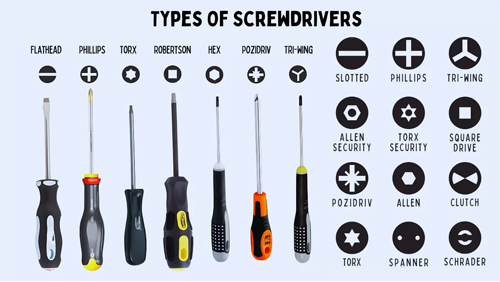
◆ Usage Scenario: Ideal for assembling furniture, repairing electronics, or tightening fixtures in workshops and households.
◆ Sourcing Consideration: Importers should focus on durable alloy steel tips and ergonomic handles, which ensure better grip and longer service life.
2. Hammer
The hammer is a universal striking tool used for driving nails, shaping materials, or breaking objects. Different varieties include claw hammers, ball-peen hammers, and sledgehammers, each suited to a unique purpose.
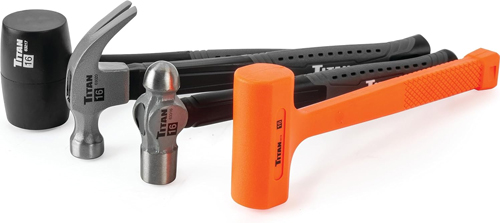
◆ Usage Scenario: Commonly used in carpentry, framing, and construction work where impact force is needed.
◆ Procurement Note: Consistent weight balance and anti-vibration handles increase usability and safety, appealing to professional buyers.
3. Pliers
Pliers are versatile gripping tools used for holding, bending, cutting, or twisting materials like wires and small metal components. They come in many variations, such as combination pliers, long-nose pliers, and locking pliers.
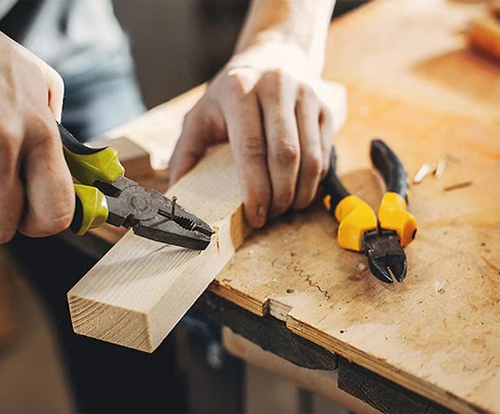
◆ Usage Scenario: Used in electrical installations, wire repairs, and mechanical maintenance.
◆ Business Perspective: Select models with high leverage and heat-treated jaws to meet professional standards for durability and precision.
4. Saw
A saw is a cutting tool featuring a serrated blade designed to cut through materials like wood, metal, or plastic. From hand saws to back saws, each variant provides a specific cutting style.
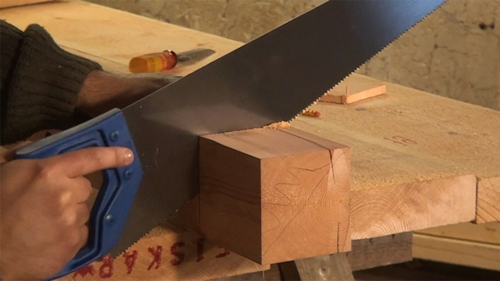
◆ Usage Scenario: Suitable for woodworking, framing, and home renovation tasks requiring accurate cuts.
◆ Sourcing Consideration: Importers should prioritize saws with high-tensile steel blades and comfortable handles for long-term reliability.
5. Hacksaw
A hacksaw is specifically built for cutting metal pipes, rods, and plastic materials. It features a fine-toothed blade stretched in a sturdy frame.
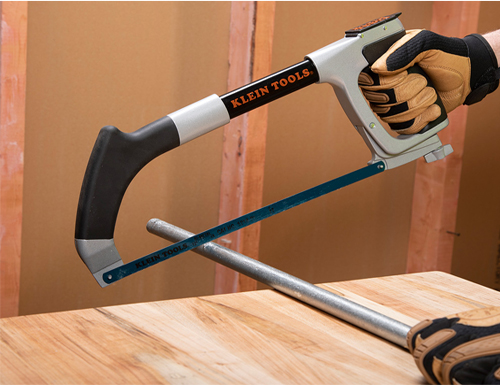
◆ Usage Scenario: Commonly used in plumbing, mechanical workshops, and fabrication units.
◆ Procurement Note: Blades with varying teeth-per-inch (TPI) counts give flexibility for cutting different materials—an important factor for diverse tool markets.
6. Measuring Tape
A measuring tape is a flexible ruler used to measure distance, length, or dimensions in both metric and imperial units. Durable casing and retractable design make it an essential measuring tool in any toolkit.
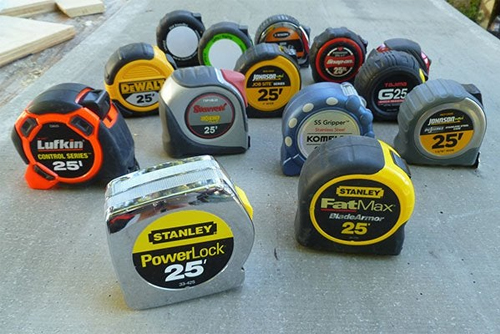
◆ Usage Scenario: Used in carpentry, interior design, and construction for layout planning and precision measurements.
◆ Business Perspective: Accurate calibration and magnetic hooks enhance functionality and product appeal for professional users.
7. Allen Key (Hex Key)
An Allen key, or hex wrench, is a small L-shaped tool used for driving bolts and screws with hexagonal sockets. These are widely used in furniture assembly and mechanical engineering.
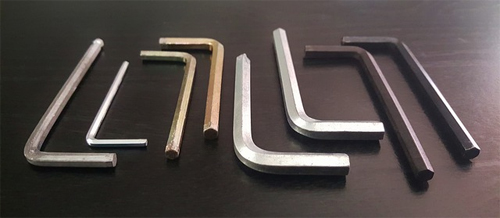
◆ Usage Scenario: Ideal for bicycle repair, furniture tightening, and assembling machinery components.
◆ Procurement Note: Offering full sets with varied sizes and corrosion-resistant coatings adds value for hardware distributors.
8. Chisel
A chisel is a sharp-edged cutting tool used for shaping, carving, or removing material from wood, stone, or metal surfaces. It can be used manually or with a hammer for controlled precision.
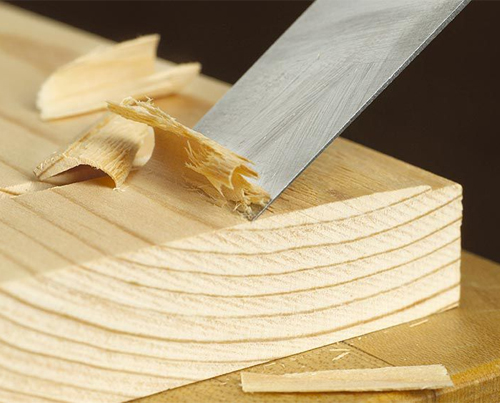
◆ Usage Scenario: Commonly used in woodworking, masonry, and metalworking to refine surfaces or carve joints.
◆ Sourcing Consideration: Hardened steel edges and comfortable grips increase performance and reduce operator fatigue.
9. Jumper Wires
Jumper wires are insulated conductive wires used to connect electrical components, primarily in prototyping and circuit testing. They come with male or female ends for easy insertion into breadboards or sockets.
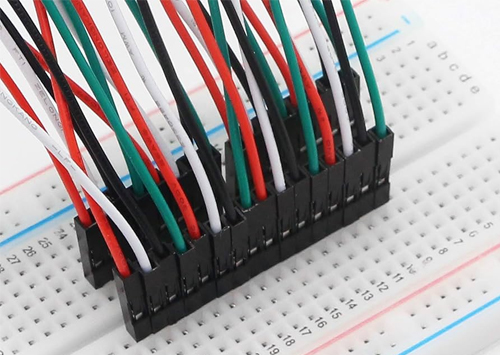
◆ Usage Scenario: Essential in electronics assembly, repair, and testing for quick circuit connections.
◆ Business Perspective: High flexibility, stable conductivity, and insulation quality determine value for bulk procurement.
10. Putty Knife
A putty knife is a flexible blade tool used for spreading, scraping, or applying materials like putty, plaster, or adhesives. It's available in different widths and edge stiffness levels.
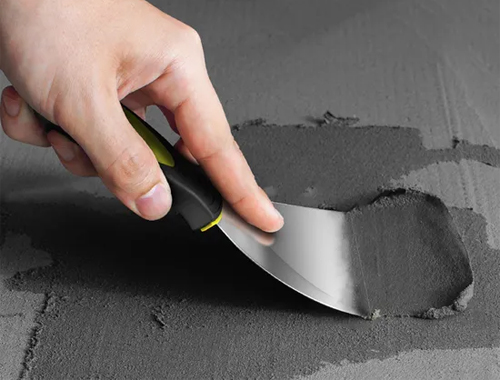
◆ Usage Scenario: Commonly used in painting, wall repair, and construction finishing tasks.
◆ Procurement Note: Stainless-steel blades with non-slip handles ensure longer lifespan and user comfort—key features for professional markets.
11. Soldering Iron
A soldering iron is an electrical tool used to melt solder for joining metal parts, typically in electronic repairs or wiring. It consists of a heated metal tip and an insulated handle.
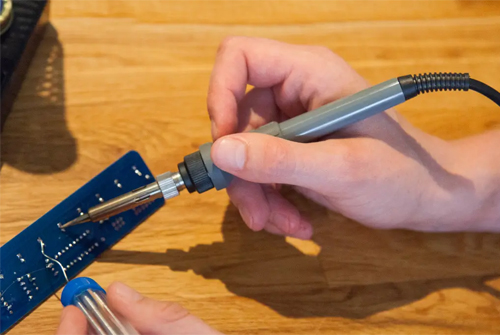
◆ Usage Scenario: Used in electronic component assembly, PCB repair, and small-scale metal joining.
◆ Sourcing Consideration: Adjustable temperature control and quick heating time make a model more attractive for industrial buyers.
Conclusion of Part 1
These essential hand tools and measuring instruments form the core of any workshop or professional toolkit. Understanding their materials, functionality, and sourcing priorities helps businesses identify reliable suppliers and quality standards.
In the next article (Part 2), we'll continue exploring more advanced construction, fastening, and power tools, offering deeper insight into the products driving global hardware demand.
